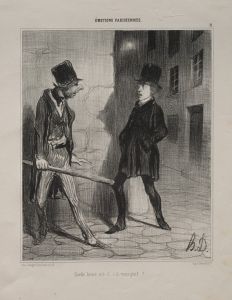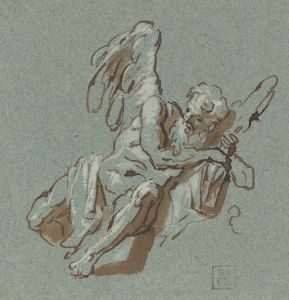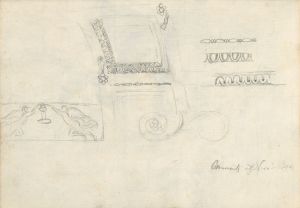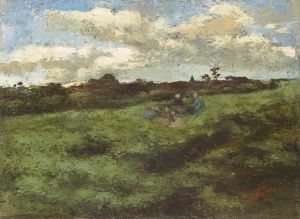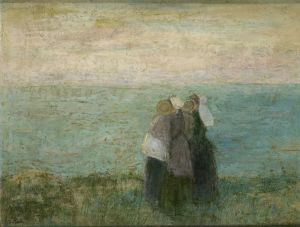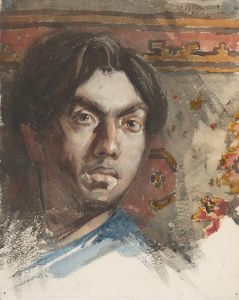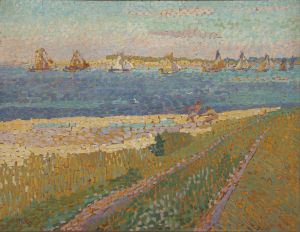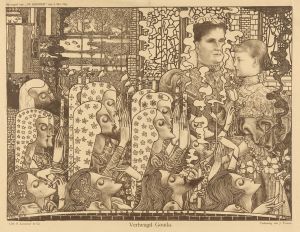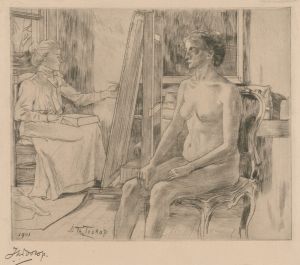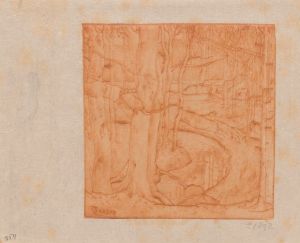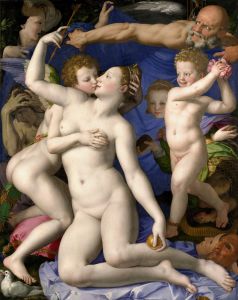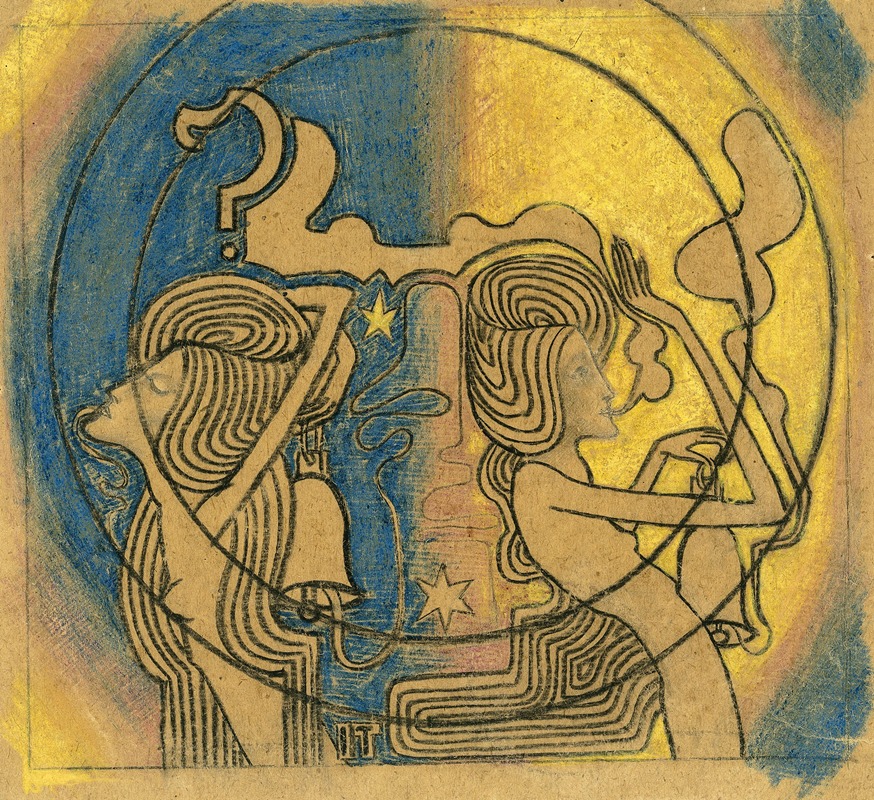
Twee gestileerde vrouwelijke figuren met klok in de hand
A hand-painted replica of Jan Toorop’s masterpiece Twee gestileerde vrouwelijke figuren met klok in de hand, meticulously crafted by professional artists to capture the true essence of the original. Each piece is created with museum-quality canvas and rare mineral pigments, carefully painted by experienced artists with delicate brushstrokes and rich, layered colors to perfectly recreate the texture of the original artwork. Unlike machine-printed reproductions, this hand-painted version brings the painting to life, infused with the artist’s emotions and skill in every stroke. Whether for personal collection or home decoration, it instantly elevates the artistic atmosphere of any space.
Jan Toorop's Twee gestileerde vrouwelijke figuren met klok in de hand (translated as Two Stylized Female Figures Holding a Clock) is a work by the Dutch-Indonesian artist Jan Toorop (1858–1928). Toorop was a prominent figure in the Symbolist and Art Nouveau movements, known for his intricate, decorative style and his exploration of spiritual and allegorical themes.
This artwork exemplifies Toorop's characteristic use of stylization and symbolism. The two female figures depicted in the piece are rendered in a highly decorative and elongated manner, a hallmark of his Art Nouveau period. The figures hold a clock, which may symbolize the passage of time or the transient nature of life, though the specific meaning of the clock in this context is not explicitly documented. The composition reflects Toorop's interest in combining elements of mysticism and modernity, a recurring theme in his body of work.
Toorop's artistic career was influenced by various movements and cultural contexts. Born in Purworejo, Java, in the Dutch East Indies (modern-day Indonesia), he moved to the Netherlands at a young age. His exposure to different artistic styles across Europe, including Impressionism, Pointillism, and Symbolism, shaped his unique approach. By the late 19th century, Toorop had developed a distinctive style that blended Symbolist themes with the sinuous lines and ornamental qualities of Art Nouveau.
The exact date of creation for Twee gestileerde vrouwelijke figuren met klok in de hand is not widely documented, but it likely falls within the period when Toorop was deeply engaged with Symbolism and Art Nouveau, roughly between the 1890s and early 1900s. During this time, he produced some of his most iconic works, including posters, illustrations, and paintings that often featured allegorical and spiritual imagery.
Toorop's works were well-received during his lifetime, and he was considered a leading figure in the Symbolist movement in the Netherlands. His art often incorporated themes of spirituality, morality, and the human condition, reflecting his personal beliefs and the broader cultural currents of his era. Later in life, Toorop converted to Catholicism, which influenced his subsequent works, though it is unclear if this particular piece was created before or after his conversion.
Twee gestileerde vrouwelijke figuren met klok in de hand is an example of Toorop's ability to merge form and meaning, creating visually striking compositions that invite contemplation. The artwork is representative of his broader contributions to the Symbolist and Art Nouveau movements, which continue to be celebrated for their beauty and depth.
Further details about the provenance, current location, or specific interpretations of this piece are not readily available in existing records.






